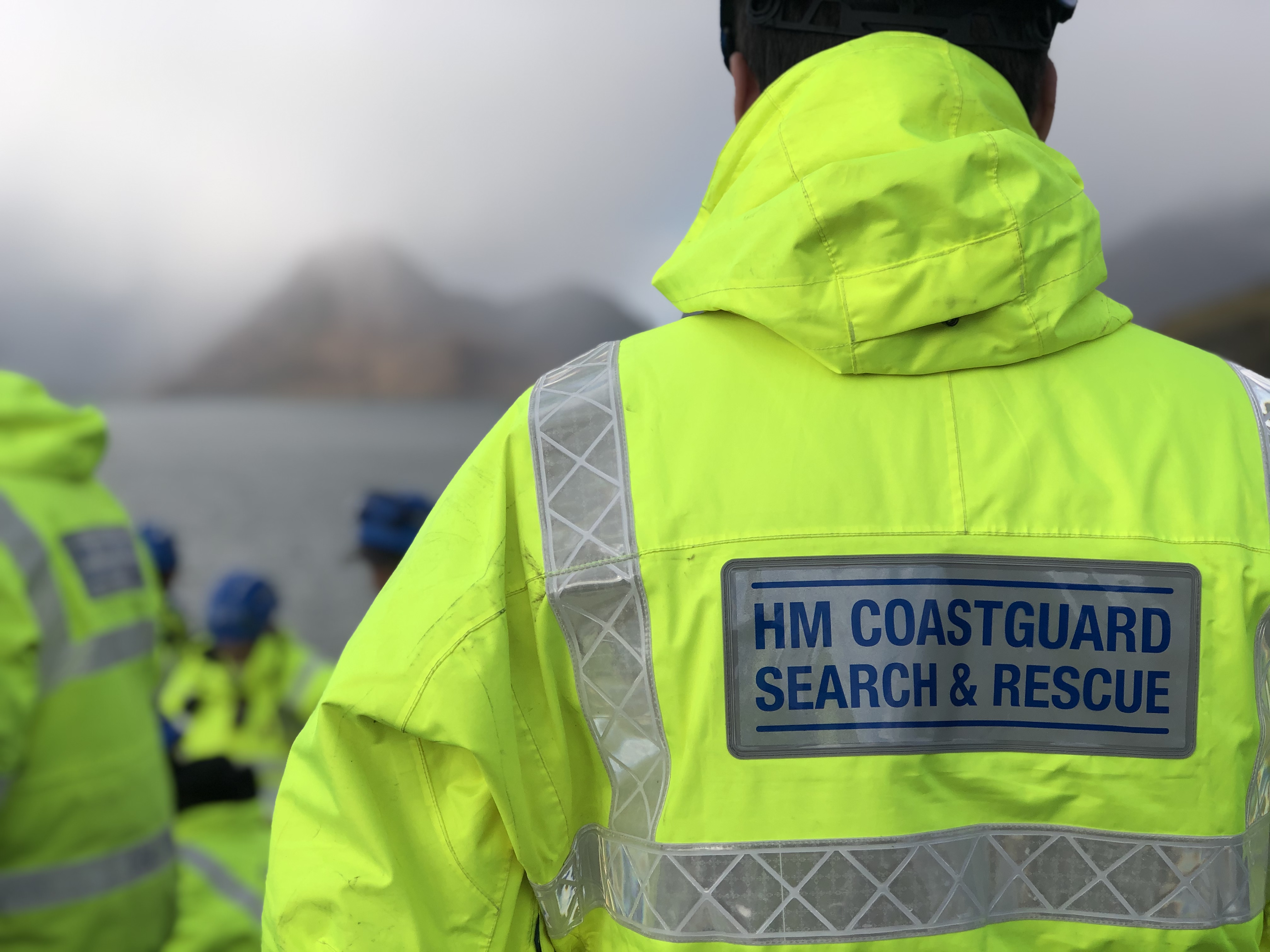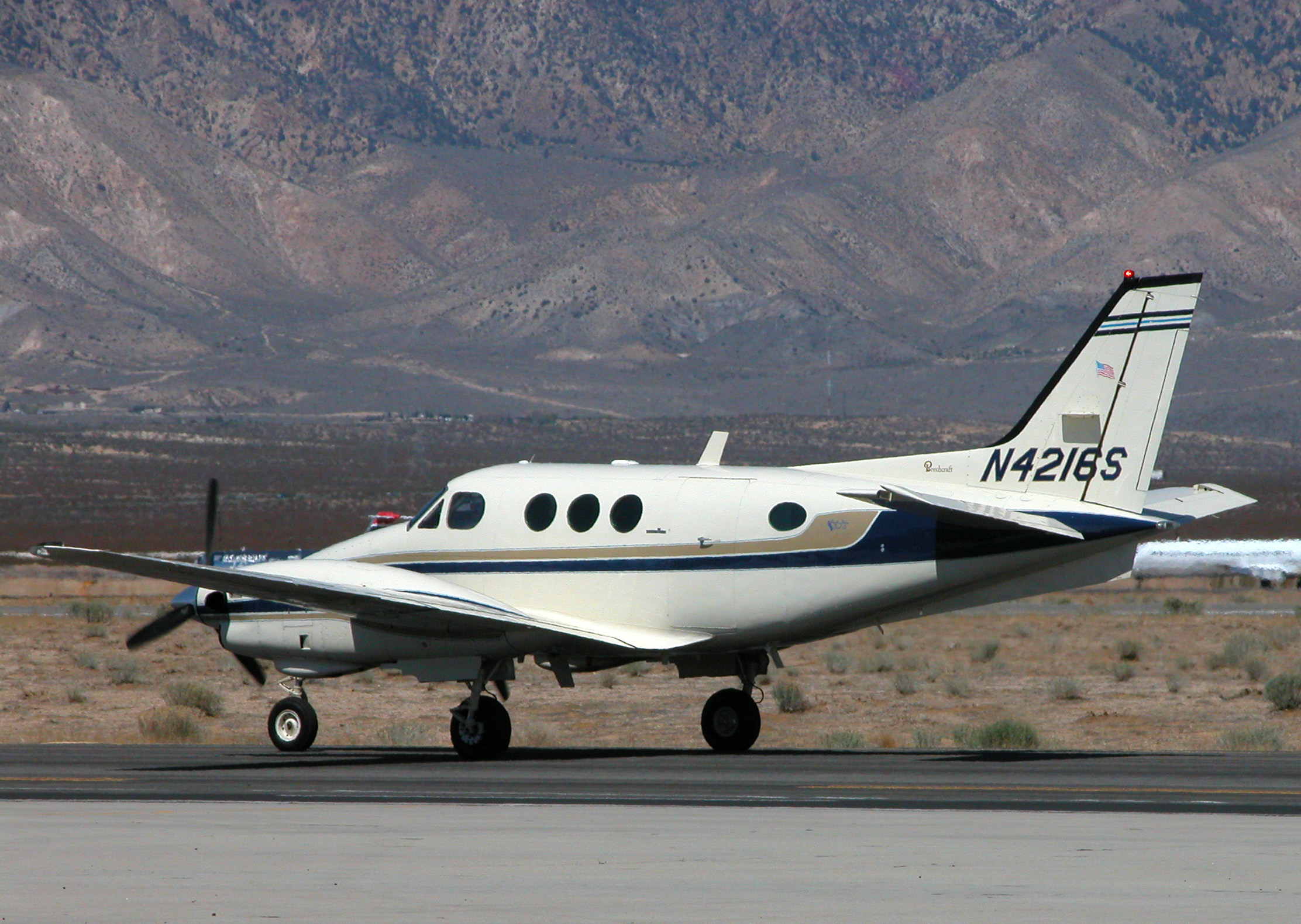|
Her Majesty's Coastguard
His Majesty's Coastguard (HMCG) is the section of the Maritime and Coastguard Agency responsible, through the Secretary of State for Transport to Parliament, for the initiation and co-ordination of all maritime search and rescue (SAR) within the UK Maritime Search and Rescue Region. This includes the mobilisation, organisation and tasking of adequate resources to respond to persons either in distress at sea, or to persons at risk of injury or death on the cliffs or shoreline of the United Kingdom. Since 2015 it has also been responsible for land-based search and rescue helicopter operations. The chief executive of the Maritime and Coastguard Agency is Virginia McVea. His Majesty's Coastguard is a uniformed service that fulfils six of the nine functions required by the International Maritime Organization (IMO): *Search and Rescue *Pollution Response *Vessel Traffic Management *Maritime Safety *Accident and Disaster Response *Maritime Security The other three IMO functions ... [...More Info...] [...Related Items...] OR: [Wikipedia] [Google] [Baidu] |
Coast Guard
A coast guard or coastguard is a Maritime Security Regimes, maritime security organization of a particular country. The term embraces wide range of responsibilities in different countries, from being a heavily armed military force with customs and security duties to being a volunteer organization tasked with search and rescue without law enforcement authority. In most countries, a typical coast guard's functions are distinct from those of the navy (a military service) and the transit police (a law enforcement agency), while in certain countries they have similarities to both. History United Kingdom The predecessor of Britain's modern HM Coastguard, His Majesty's Coastguard was established in 1809 as the Waterguard, a department of the HM Customs and Excise authority, which was originally devoted to the prevention of smuggling. At the time, due to high UK taxation on liquors such as brandy, as well as tobacco and other luxuries, smuggling of such cargos from places such as F ... [...More Info...] [...Related Items...] OR: [Wikipedia] [Google] [Baidu] |
British Armed Forces
The British Armed Forces are the unified military, military forces responsible for the defence of the United Kingdom, its British Overseas Territories, Overseas Territories and the Crown Dependencies. They also promote the UK's wider interests, support international peacekeeping efforts and provide humanitarian aid. The force is also known as His Majesty's Armed Forces. Since the formation of the united Kingdom of Great Britain in 1707 (later succeeded by the United Kingdom of Great Britain and Ireland, and finally by the United Kingdom of Great Britain and Northern Ireland), the British Armed Forces have seen action in most major wars involving the world's great powers, including the Seven Years' War, the American Revolutionary War, American War of Independence, the Napoleonic Wars, the Crimean War, the First World War and the Second World War. Britain's victories in most of these wars allowed it to influence world events and establish itself as one of the world's leading mili ... [...More Info...] [...Related Items...] OR: [Wikipedia] [Google] [Baidu] |
Waterguard
The Waterguard was a division of HM Customs and Excise (HMCE) responsible for the control of vessels, aircraft, vehicles and persons arriving into and departing from the United Kingdom. This included crew members and passengers, as well as persons travelling on foot. Waterguard officers were responsible for applying the allowances provided for in law and for collection of customs and excise revenue on the excess. The officers were also responsible for the enforcement of the prohibitions and restrictions, including controlled drugs and plant and animal health. With the reorganization of HM Customs and Excise in 1972 the Waterguard was renamed the 'Preventive Service' and the functions of the Waterguard continued to be carried out as part of the HMCE (and its successor HM Revenue and Customs) until the establishment of the UK Border Agency in 2008. History Historically defence of the British coastline had fallen to Wardens of the Coast and later the Vice-Admirals of the coast, w ... [...More Info...] [...Related Items...] OR: [Wikipedia] [Google] [Baidu] |
Department For Transport
The Department for Transport (DfT) is a Departments of the Government of the United Kingdom, ministerial department of the Government of the United Kingdom. It is responsible for the English transport network and a limited number of transport matters in Scotland, Wales, and Northern Ireland that have not been Devolution#United Kingdom, devolved. The department is led by the Secretary of State for Transport. The expenditure, administration, and policy of the Department of Transport are scrutinised by the Transport Committee. Responsibilities The Department for Transport has six strategic objectives: * Support the creation of a stronger, cleaner, more productive economy * Help to connect people and places, balancing investment across the country * Make journeys easier, modern and reliable * Make sure transport is safe, secure and sustainable * Prepare the transport system for technological progress and a prosperous future outside the EU * Promote a culture of efficiency and pro ... [...More Info...] [...Related Items...] OR: [Wikipedia] [Google] [Baidu] |
National Coastwatch Institution
The National Coastwatch Institution is a voluntary sector, voluntary organisation and registered charity, providing a visual watch along the United Kingdom, UK's coasts, and is not to be confused with Her Majesty's Coastguard, HM Coastguard. History The National Coastwatch Institution (NCI) was founded in Cornwall in 1994 following the deaths of two local fishermen whose boat sank within sight of a then recently closed coastguard station at Bass Point (England), Bass Point. Most of HM Coastguard's visual watch stations were closed following a period of rationalisation and modernisation.. Although never fully admitted or responsibility accepted by the Maritime and Coastguard Agency or HM Government, it was speculated within the local community that were the watch keepers' station still staffed then the fishermen in distress would have been spotted and assistance sent. Therefore the institution became established from a campaign to re-establish a visual coastal watch in Cornwall. ... [...More Info...] [...Related Items...] OR: [Wikipedia] [Google] [Baidu] |
Fareham, Hampshire
Fareham ( ) is a market town at the north-west tip of Portsmouth Harbour, between the cities of Portsmouth and Southampton in south east Hampshire, England. It gives its name to the Borough of Fareham. It was historically an important manufacturer of bricks, used to build the Royal Albert Hall, and grower of strawberries and other seasonal fruits. In 2011 it had a population of 42,210. History The town has a documented history dating back to the Norman era, when a part of William's army marched up from Fareham Creek before continuing to the Saxon capital of England, Winchester. Originally known as ''Ferneham'' (hence the name of the former entertainment venue Ferneham Hall, now Fareham Live), it was listed in the Domesday Book as having 90 households. The ford of Fareham Creek (at the top of Portsmouth Harbour) was the location of the Bishop of Winchester's mills; the foundations were subsumed in the A27 near the railway viaduct. Commercial activity continued at the p ... [...More Info...] [...Related Items...] OR: [Wikipedia] [Google] [Baidu] |
Piper PA-31 Navajo
The Piper PA-31 Navajo is a family of twin-engined low-wing tricycle gear utility aircraft designed and built by Piper Aircraft for small cargo and feeder airlines, and as a corporate aircraft. Production ran from 1967 to 1984. It was license-built in a number of Latin American countries. Development In 1962, Piper began developing a six- to eight-seat twin-engined corporate and commuter transport aircraft under the project name ''Inca'', at the request of company founder William T. Piper. Looking like a scaled-up PA-30 Twin Comanche, the PA-31 made its first flight on 30 September 1964, and was announced later that year. It is a low-wing monoplane with a conventional tail, powered by two Lycoming TIO-540-A turbocharged engines in "tiger shark" cowlings, a feature shared with the Twin Comanche and the PA-23 Aztec. As testing proceeded, two cabin windows were added to each fuselage side and the engines were moved further forward. The PA-31, named "Navajo" after the na ... [...More Info...] [...Related Items...] OR: [Wikipedia] [Google] [Baidu] |
Diamond DA-62
The Diamond DA62 is a five- to seven-seat, twin-engine light aircraft produced by Diamond Aircraft Industries and first announced in March 2012. Initially designated as the DA52, the first prototype flew on in April 2012 after six months of development. In June 2014 the production aircraft was redesignated as the DA62. European Aviation Safety Agency (EASA) certification was granted in April 2015 and American Federal Aviation Administration (FAA) certification was granted in February 2016. Said to offer "twin power with single-engine simplicity" there have been 273 deliveries of the aircraft through early 2024.Julie Boatman.We Fly: Diamond DA62. '' Flying'' magazine, April 3, 2024. Accessed May 23, 2025. The Chancellor of Germany, certified pilot Friedrich Merz, is known to own and fly a DA62. Design and development The DA62 development team is headed by Diamond managing director Manfred Zipper. It is based upon the fuselage of the single-engine Diamond DA50, but with two Au ... [...More Info...] [...Related Items...] OR: [Wikipedia] [Google] [Baidu] |
Beechcraft King Air
The Beechcraft King Air is a line of American utility aircraft produced by Beechcraft. The King Air line comprises a number of twin-turboprop models that have been divided into two families. The Model 90 and 100 series developed in the 1960s are known as King Airs, while the later T-tail Model 200 and 300 series were originally marketing, marketed as Beechcraft Super King Air, Super King Airs, with the name "Super" being dropped by Beechcraft in 1996 (although it is still often used to differentiate the 200 and 300 series King Airs from their smaller stablemates). The King Air was the first aircraft in its class and was produced continuously from 1964 to 2021. It outsold all of its turboprop competitors combined. It has recently faced competition from light jet aircraft such as the Embraer Phenom 100, Honda HA-420 HondaJet and Cessna Citation Mustang; as well as from newer turboprop aircraft including the Piaggio P180 Avanti, and single-engine Piper Malibu Meridian, Pilatus P ... [...More Info...] [...Related Items...] OR: [Wikipedia] [Google] [Baidu] |
AgustaWestland AW139
The AgustaWestland AW139, now known as the Leonardo AW139, is a 15-seat medium-sized twin-engined helicopter developed and produced by the Italian helicopter manufacturer AgustaWestland, now part of Leonardo. It is marketed at several different roles, including VIP/corporate transport, military use, offshore transport, firefighting, law enforcement, search and rescue, emergency medical service, disaster relief, and maritime patrol."US Corporate Operator Signs Contract For Two AW139 Helicopters." ''AgustaWestland'', 18 June 2014. The AW139 was designed jointly by the Italian helicopter manufacturer Agusta and the American company [...More Info...] [...Related Items...] OR: [Wikipedia] [Google] [Baidu] |
AgustaWestland AW189
The AgustaWestland AW189 is a twin-engined, super-medium-lift helicopter manufactured by Leonardo S.p.A. It is derived from the AW149, and shares similarities with the AW139 and AW169. Development On 20 June 2011, development of the eight-tonne twin-engine AW189 was formally announced by AgustaWestland at the Paris International Air Show; at the time, the company planned to have the new rotorcraft certified by 2013 and in service in 2014. The AW189 is a civil-orientated version of the military AW149, which in turn is an enlarged development of the AW139; in 2011, AgustaWestland CEO Bruno Spagnolini stated that: "The AW139 and the AW189 are two very different aircraft but they both share the same general concept in architecture". AgustaWestland stated it aimed to sell the AW189 for offshore helicopter support, search and rescue (SAR), and passenger transport roles. [...More Info...] [...Related Items...] OR: [Wikipedia] [Google] [Baidu] |







